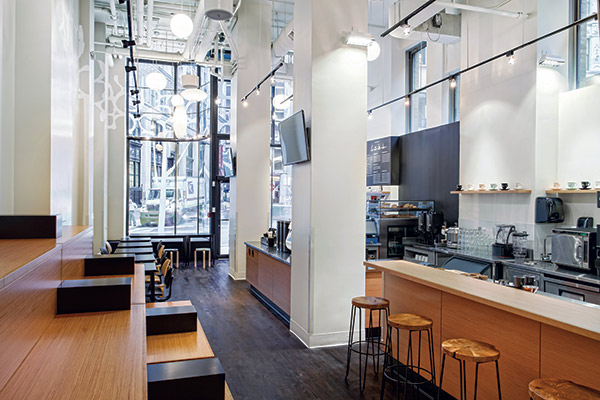Michael Lingerfelt spent 16 years as a Walt Disney imagineer, before establishing his own company. Today he provides LEED consulting on sustainable projects for clients including Darden Restaurants and Chick-fil-A as well as early concepting for major themed developments. He was an early adopter of virtual design and construction and building information modeling (BIM), and says integrated project delivery (IPD) will have an even greater impact on project management, cost and quality.
rd+d: How is IPD different from virtual design and construction and BIM?
ML: Virtual design and construction turned into BIM and IPD is a by-product of BIM. For every piece of a building there is something that's connected to it. You can have a visual representation of a door, or a piece of hardware or equipment, but those elements also have other attributes attached to them. Once you get into IPD, you now bring in who's responsible for that piece of equipment, making sure it fits, has the right electrical services and can get it there on time. All key players on a project — architects, engineers, designers, contractors, subs, etc. — are in the same virtual room working on the same virtual model.
rd+d: How do you see IPD applying to restaurants?
ML: The need for coordination is the same whether you're building a mountain or a restaurant. Take a restaurant ceiling, for example. You have all of your power, controls, fire suppression, lights, air conditioning ducts, hood exhaust and roof supports in there. So who gets to go first? In a typical job, whoever gets there first gets the most space, which may or may not cause headaches for those coming in behind him. With IPD, everyone knows who gets what space and there's a designated run for each contractor or sub. You're all in it together.
rd+d: Define "all in it together" with IPD.
ML: Each player adds his or her specialty to it and the architects and engineers monitor it to see if it performs the way it's supposed to. When updates are made, everyone is notified and can review it and run clash detections. Ultimately, you get a better product, reduce costs and get the restaurant opened faster. It also means that contracts are written in such a way that there's an incentive — usually revenue sharing — for everyone to play well together. It's simple: Did you build it the way the model told you to build it, and was the model correct?
rd+d: How can IPD impact project costs?
ML: What happens in the first 20 percent of a project's lifecycle typically returns 80 percent of the cost. In traditional projects, the architect and engineers do their thing and design their systems. They do cost analyses along the way, but at the end they find they're over budget. The contractor can make recommendations and course corrections early to save time and money. In that first 20 percent you can change the pitch of expenditures without resorting to chopping.
rd+d: What are the hurdles to IPD implementation?
ML: It's still new and not everyone is at the same level of sophistication. If you have a weak team member it affects everyone. You might have a sub who says, 'Just print out the drawings and let me figure it out.' But you have to build inside the model. Trust among all of the principal parties is also an issue. There has to be mutual trust and a reason to want to do it.




